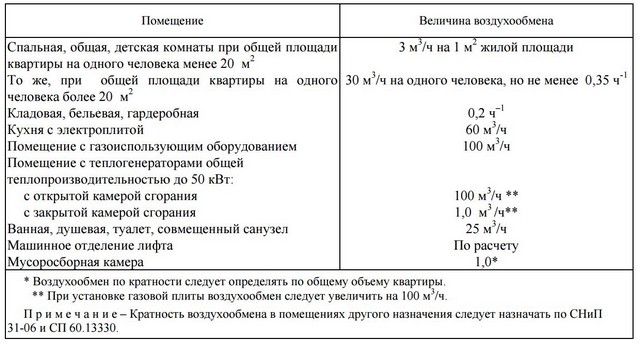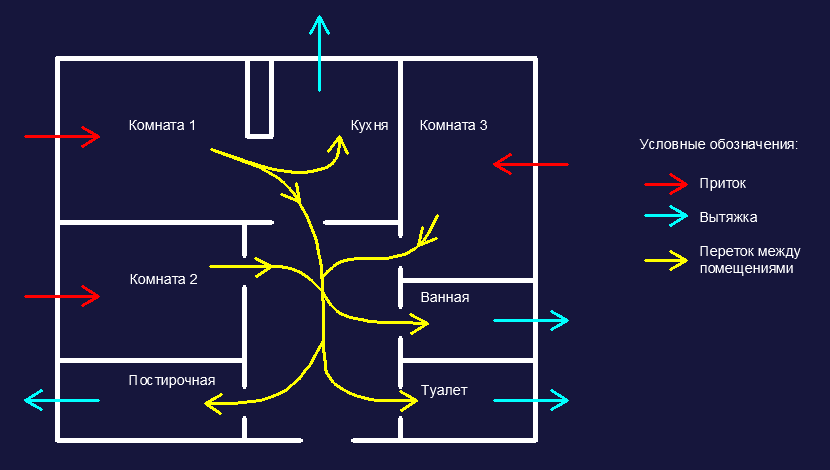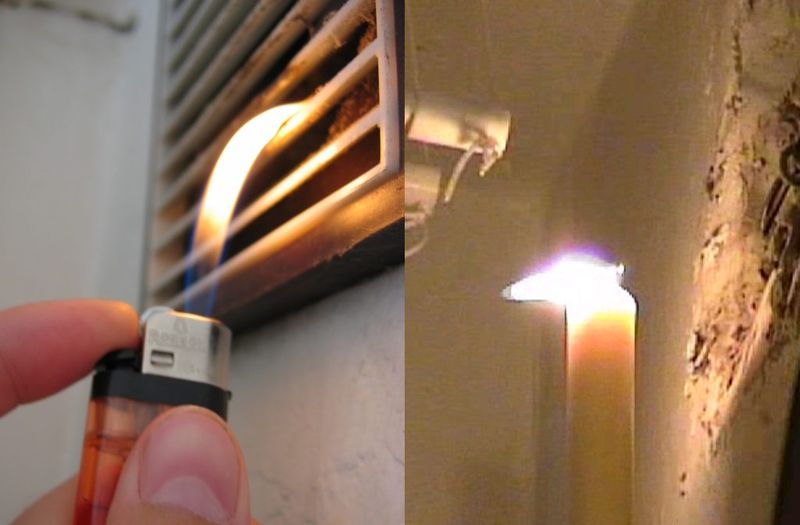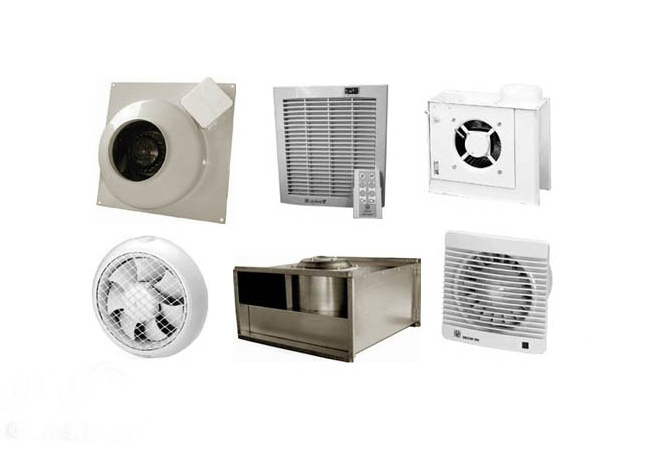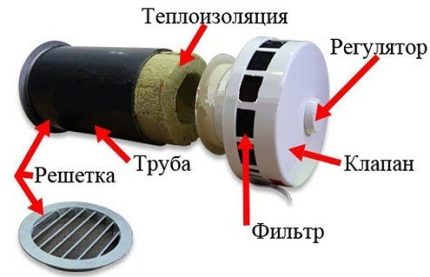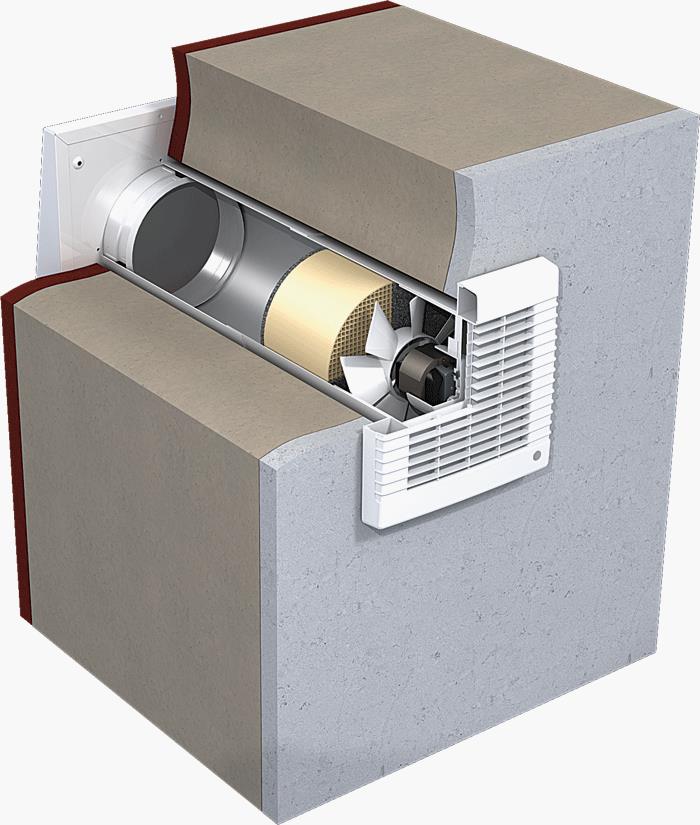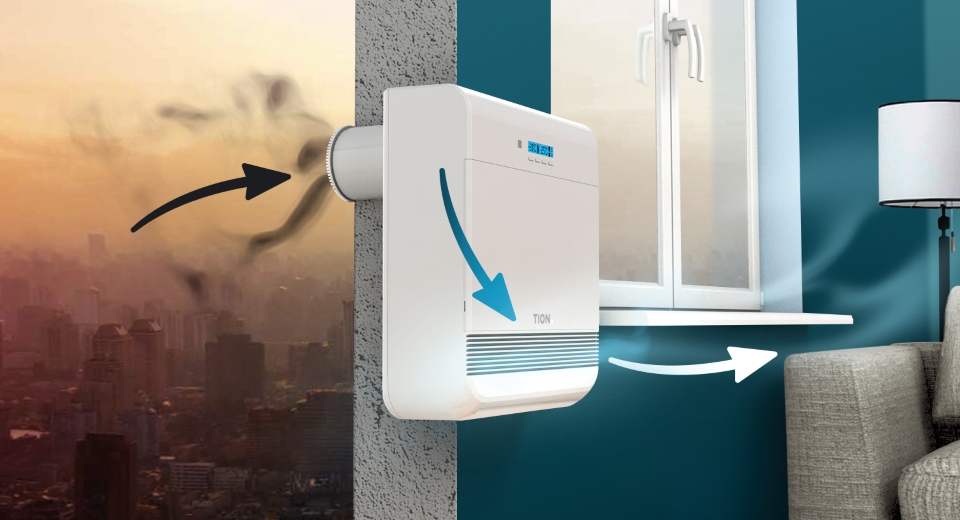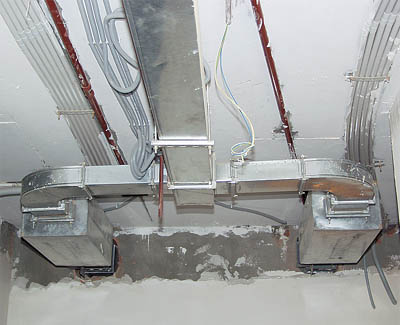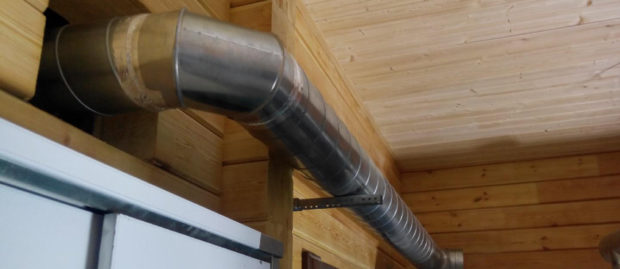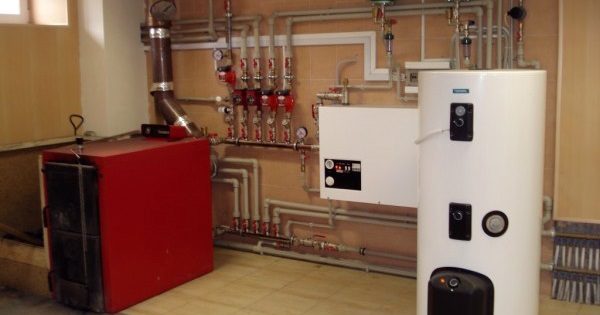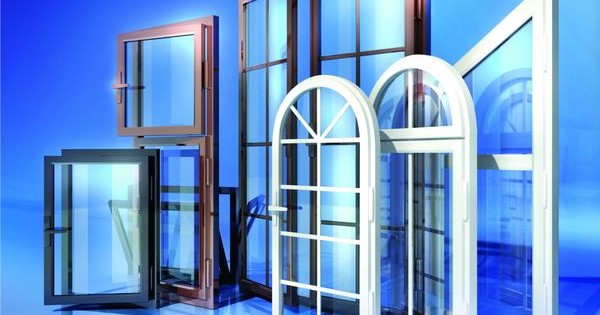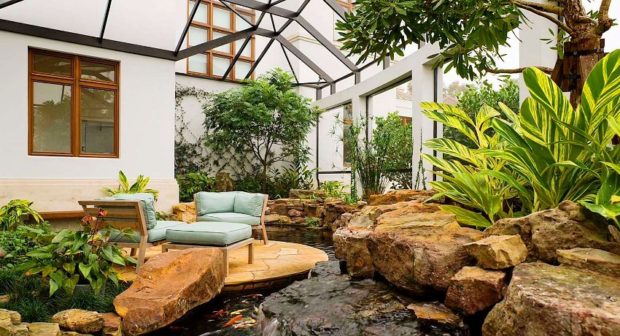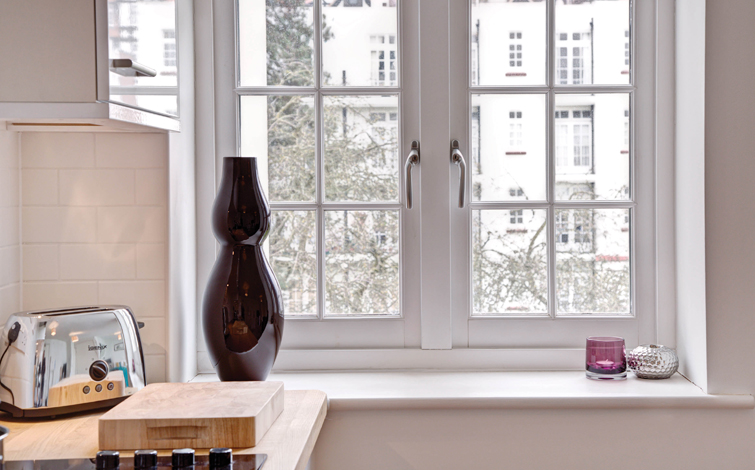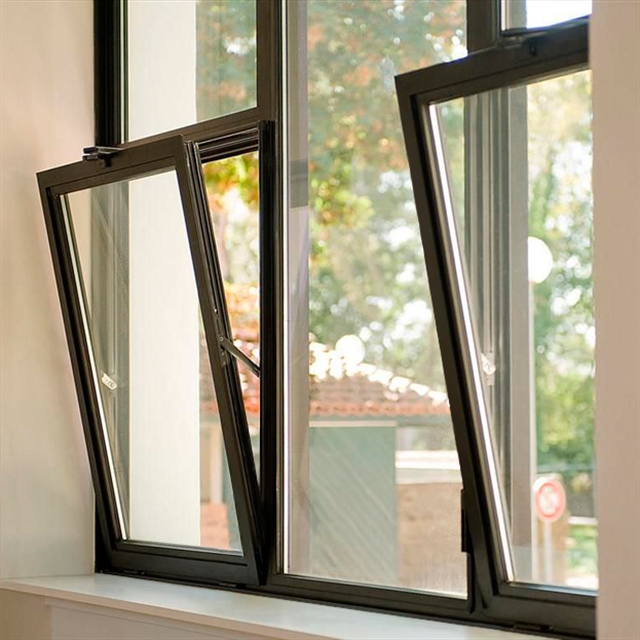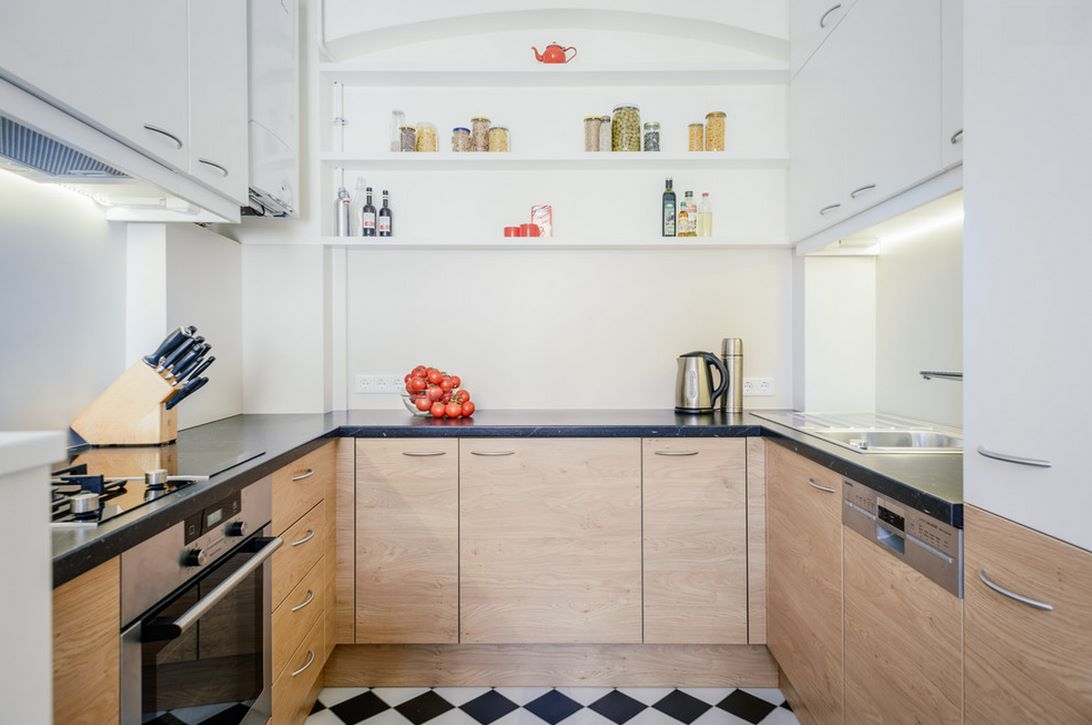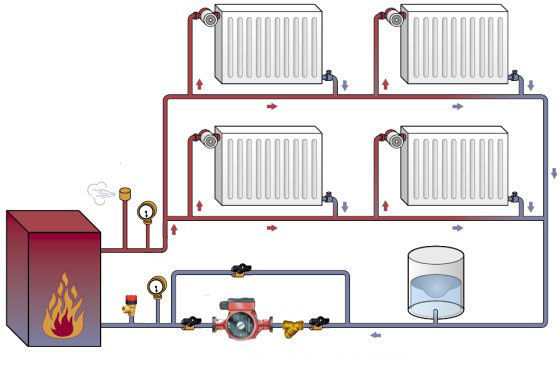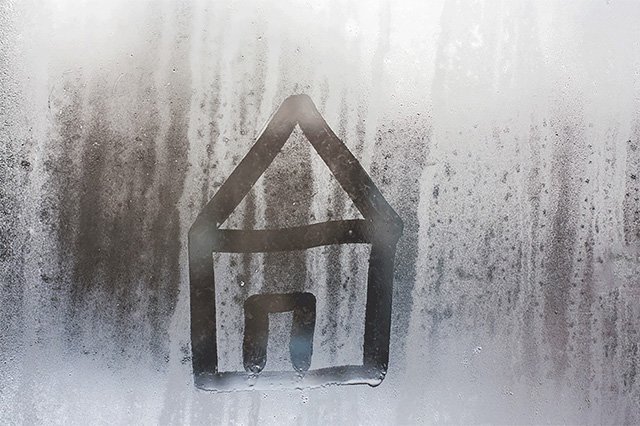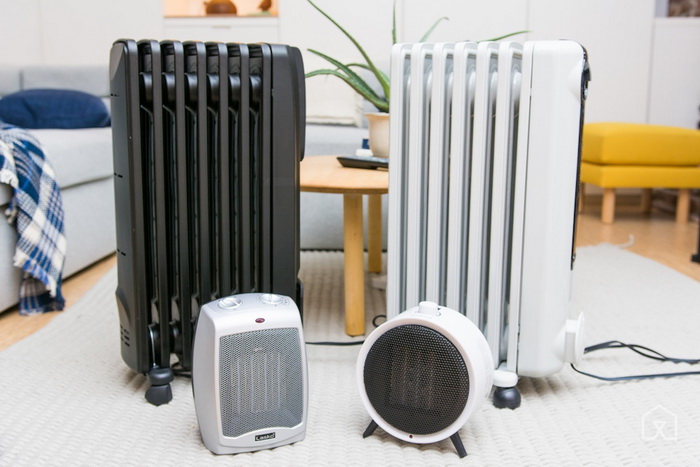7 tips for organizing a ventilation system in an apartment and a house: types and options
Trying to preserve precious heat in the apartment as much as possible, we systematically get rid of all the cracks. In less than a dozen years, almost all have changed old wooden windows on modern airtight double-glazed windows, put the doortightly adjacent to the box, closed up all the cracks in the walls. The long-awaited warmth came to us, but it came not only one, but with uninvited guests - stuffiness, dampness and mold. We ourselves are to blame, because we sealed the house to such an extent that we saved it from the influx of fresh air. Trying to solve the problem, we open the windows and windows, making it even worse than before, but to solve this problem is not difficult - we need a well-thought-out ventilation system in the apartment. We deal with the main types of ventilation and decide which option is most applicable in each case.
No. 1. The main types of ventilation in the apartment
Ventilation is just as necessary in any modern apartment as plumbing or heating, although many still do not pay due attention to it. Ventilation systems can be classified according to several parameters.
The main difference between all ventilation systems is the way they move air. According to this parameter, ventilation can be:
- natural;
- artificial.
Natural ventilation exists due to different air temperatures inside and outside the premises and wind pressure. Under the influence of these factors, contaminated air goes to the street on purpose equipped channels with fans (there is in every apartment building and private house), and clean comes through leaks in the windows. Such systems are cheap, reliable, as simple as possible, but highly dependent on external factors, and with a small difference in internal and external temperature or in the absence of wind, their effectiveness is reduced to zero. In addition, such systems cannot be configured, and in the winter too cold air enters the apartment.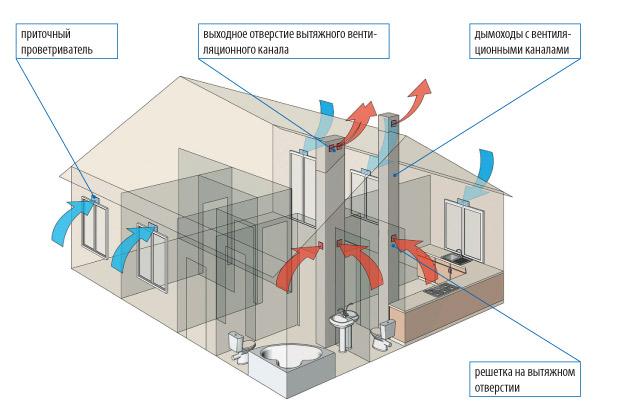
Artificial or mechanical ventilation equips when the natural power is not enough. Such systems use a fan, filter, heater, and other elements capable of providing high-quality removal of contaminated and optimal quality of incoming air under any environmental conditions.
By appointment, as already understood, ventilation happens:
- supply, which is necessary to supply fresh air to the apartment. Cheap systems simply conduct street air, more advanced ones can heat and clean it;
- exhaust allows you to get rid of exhaust air containing a large amount of carbon dioxide and moisture.
Supply and exhaust ventilation are always used together, the need for which is unnecessary to explain. If the balance is upset, the pressure in the room will be excessive or insufficient, and the effect of slamming doors will not take long.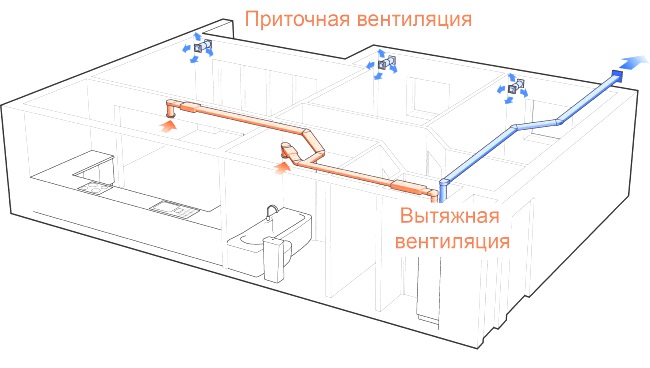
In the service area, ventilation happens:
- local. It is used mainly in industrial conditions, and is necessary in cases where the sources of harmful substances are localized and their spread throughout the room can be prevented. In ordinary houses and apartments, an example of local ventilation is a cooker hood;
- general ventilation allows air to circulate immediately throughout the room. Similar systems are installed in all apartment buildings.
By design, ventilation is:
- typesetting - a system that is assembled from individual elements. It is flexible in configuration, can be used for any room, but requires professional calculation and design, takes up a lot of space, it needs a separate room, but sometimes such a system is hidden behind a suspended ceiling;
- monoblock system, or ventilation installation, combines all the necessary elements in one housing. Installing it is easier, but less noise from it.
The ventilation of the room is ensured by ventilation ducts, technological slots, valves, fans, special installations, but sometimes as an addition you can use simple ventilation and split systems that can take air from the street and supply it inside. Such solutions cannot be used as independent ones.
A properly organized ventilation system in the apartment will ensure clean air without dust and humidity, and this is a benefit for the skin, respiratory system, plants and furniture. Experts say that in apartments with well-functioning ventilation, even dust on surfaces is collected much less.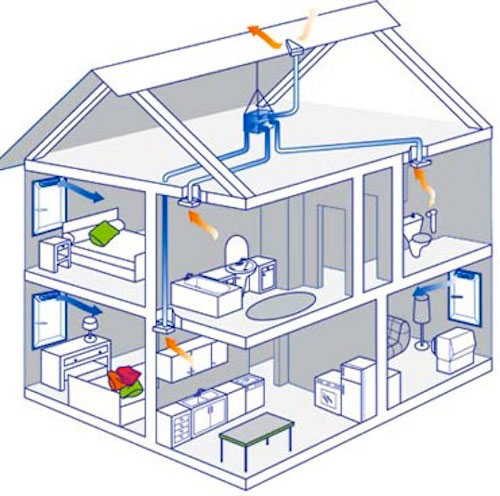
No. 2. How much fresh air is needed?
Arrangement of ventilation or modernization of the existing system is preceded by an analytical stage, which consists in determination of air exchange rates. For different zones in the apartment, this parameter is different. The network has a lot of convenient calculators and programs for the most accurate calculation, taking into account all the features, but you can use the average values, according to which:
- for residential areas air exchange must be at least 30 m3/ hour for each person. If the living area is less than 20 m2 per person, it is necessary to ensure air exchange at a level of 3 m3 for each square meter of the room;
- for kitchen air exchange should be 90 m3/ hour if using a 4-burner gas stove and 60 m3/ hour when using electric stove;
- for a bathroom air exchange 50 m3/ hour with combined bathroom and 25 m3/ hour for bathroom and toilet with separate.
If there is a fireplace or stove in the apartment, air exchange rates increase.
No. 3. Checking natural ventilation in the apartment
As in private houses, in multi-unit buildings, natural ventilation works in the same way. This is the easiest option, giving good results under certain conditions. The principle of natural ventilation has been described above. With all the reliability, such a system does not always cope with its task. Ventilation ducts account for about 40% of the apartment’s heat loss in winter, when modern windows are installed, the source of fresh air disappears, so you have to equip valves or other systems that turn natural ventilation into forced ventilation. In addition, the natural system often causes drafts and noise in the apartment.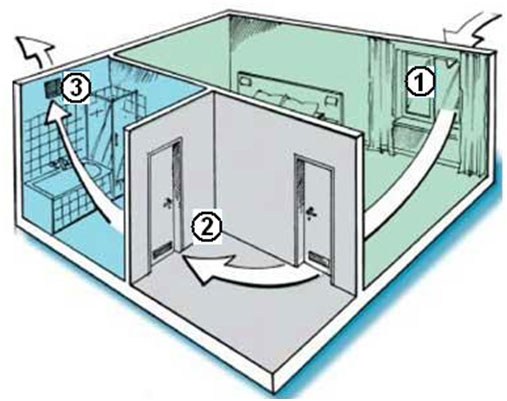
The efficiency of the natural ventilation system depends not only on the possibility of fresh air, but also on the ventilation duct - it must be clean to allow the exhaust air to pass through.
Checking the operation of natural ventilation in the apartment is easy:
- bring a lit match or candle to the ventilation grill. The flame should lean towards the channel - this is a sign that the air calmly leaves the apartment. A small piece of thin paper is also used, it should stick to the grate;

- if the flame remains stationary, then you can try to remove the grate and remove accumulated dirt and dust from the channel;
- after cleaning, the test is repeated, and if the results are disappointing, then it will be necessary to improve not only the supply ventilation, but also the exhaust ventilation. If everything is normal with the ventilation duct, but the house is still stuffy and humid, then only forced ventilation will require modernization.
To increase the efficiency of natural circulation in the kitchen, it is recommended to install a hood.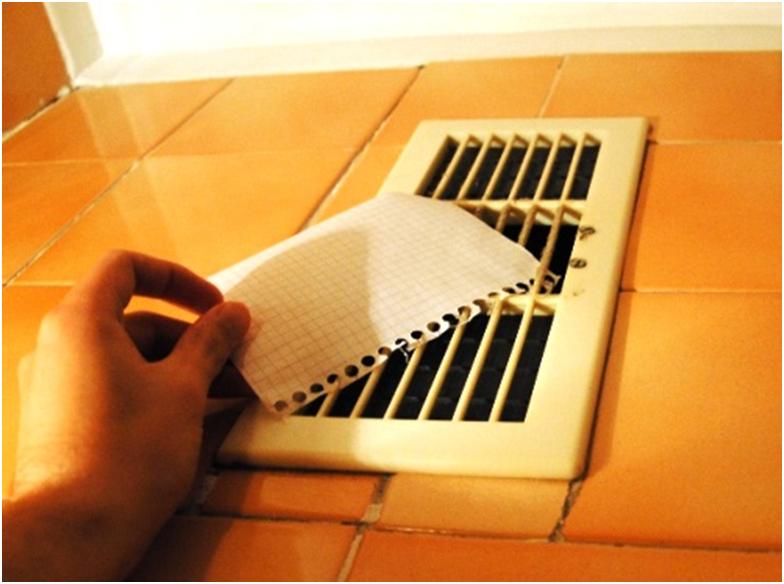
Number 4. Types of apartment forced ventilation systems
Depending on the goals forced ventilation can be:
- forced supply with natural exhaust;
- forced exhaust;
- forced supply and exhaust with heat recovery or without it.

No. 5. Forced ventilation in the apartment
The task of forced ventilation is to provide the apartment with fresh air, while the exhaust air leaves through the existing ventilation ducts, i.e. through the holes in the kitchen and bathroom. There are a lot of options for inflow, and the choice depends on the requirements for comfort and budget.
The ventilation system can be organized using the following devices:
- valveswhich are installed into a wall or window. This is the simplest option, which is an analogue of the slots laid down in the project, only valves - this is a prettier and slightly more functional way of ventilation. The air flow through the valve is manually controlled, filtering is either not provided or is minimal and allows you to filter out insects and large debris. As a rule, air heating in such systems is not provided (therefore, it is better to place them in the area heating radiatorso that the air in the winter at least slightly warmed up), but from noise in window valves saves a reflective visor. Such valves work best in winter. To equip the wall valve, you will have to make a through hole in the wall;

- mechanical ventilators - These are already more modern devices, they can have different power and functionality, and the process of supplying fresh air becomes controlled. Even if the conditions are unfavorable for the natural intake of air from the street, it can be forced to catch. Filtration is represented by a coarse dust filter or a carbon filter, which is already not bad. In the most advanced devices, there is even air heating. Typically, such ventilators are equipped with a control panel or remote control. With all the advantages of such systems, do not forget that it will take more time to install them, and the operation will require the use of electricity;

- breather - An even more advanced installation, which allows not only to supply the room with fresh air, but also to clean this air using HEPA filters, such as those used in modern vacuum cleaners. Such filters trap not only dust particles, but also allergens, microbes, pollen, mold spores, so breathers are ideal for apartments where children, asthmatics or allergy sufferers live. The filtration system includes other types of filters. The device can heat the air, and the fan, as a rule, works in several modes, allowing you to provide the necessary amount of air. Breathers are equipped with a display and a control panel, the unit takes up a little more space than indoor unit. The only negative of such devices is the price;

- mechanically driven supply system the most complicated and expensive. It consists of a duct system that hides behind false ceilings, and massive ventilation equipment that is placed on the balcony. It consists of fans, filters, humidifiers, heaters, coolers and even fragrances. Air enters the rooms through ducts with diffusers. The system has its advantages, but it is too expensive and difficult to install.

No. 6.Forced exhaust ventilation in the apartment
In each apartment, exhaust openings are located in the bathroom and kitchen - rooms where the concentration of humidity and odors is increased. If natural exhaust ventilation does not work well (according to the results of the experiment described above), then it is necessary to improve it, for which use:
- wall fanswhich are mounted instead of the usual ventilation grill;
- kitchen pulls.
Installing a fan is not difficult, and the effect of it should be very good - the device will push the exhaust air through the ventilation duct. When choosing, pay attention to such factors:
- fan performance, which must comply with the requirements put forward to the premises;
- Availability moisture protection required;
- a common system - ventilation is turned on simultaneously with the inclusion of light in the bathroom. Such a solution is not particularly effective, so it’s better to overpay a little and choose fan with timer;
- check valve on the fan in some cases will be indispensable. It will come in handy if your neighbor has already managed to put a fan on the vent, and it is more powerful than yours. Otherwise, the neighbor and your own exhaust air may return back to the apartment.

As a rule, a bathroom is equipped with a fan. It can be installed in the kitchen, but it works more efficiently in this room. range hood, which removes all odors and moisture directly from the source of their formation.
Number 7. Supply and exhaust ventilation in the apartment
Supply and exhaust ventilation is a way to take control of all air movements in the apartment. Such a system is indispensable for apartments and houses, where the natural hood does not cope with its tasks, and the fan is not very efficient.
The supply and exhaust ventilation system is a complex system consisting of a unit and air ducts. The block contains fans, filters, supply and exhaust ducts with a system recuperation. Since the latter are located nearby, it becomes possible to take heat from the outgoing air and use it to heat the air entering the apartment. The savings on air heating are significant. There is the possibility of additional heating or cooling the air. Air ducts are laid behind suspended ceilings. Such systems can be finely tuned, and with their help, you can precisely adjust all the parameters of the air in the room. A similar system can be supplemented with sensors in the apartment, timers and other elements for the most economical operation. The minus of the system is the cost and need for laying ducts.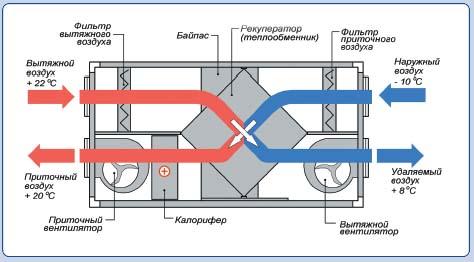
To better circulate the air around the apartment, it is recommended to leave a small gap between the floor and the interior doors. In addition, split systems with fresh air and normal ventilation also contribute to maintaining an optimal indoor climate.

